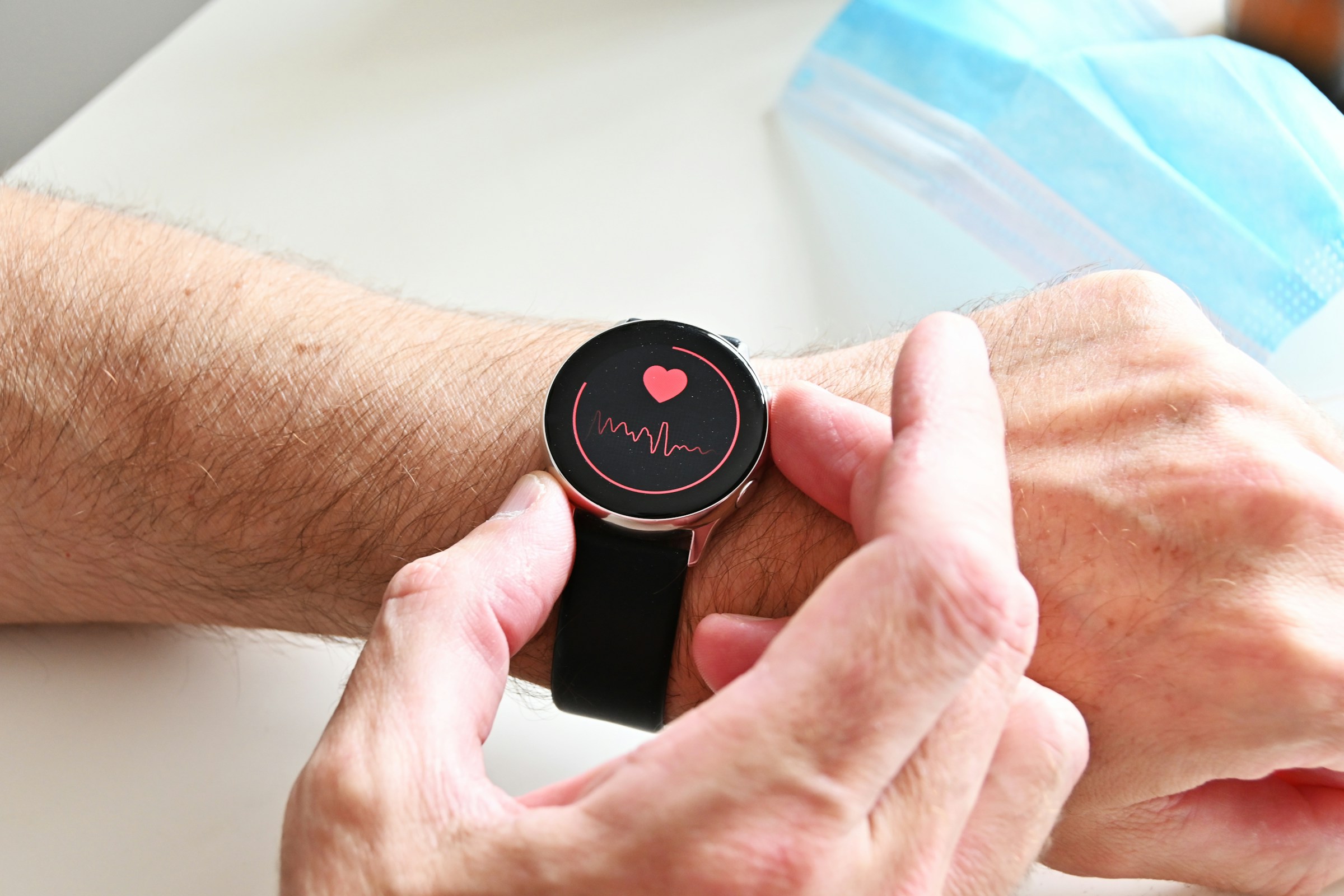You don’t always have to complete a high-intensity workout to get results. Low-intensity cardio can also help you build fitness and stamina. When you’re trying to incorporate more cardio into your training schedule, you might be looking for more interesting and different ways to workout. Low-intensity zone 2 cardio is gaining traction in the fitness world, and it turns out there are evidence-based reasons to give it a try.
What is low-intensity exercise?

Low-intensity exercise refers to physical activity performed at a steady heart rate. You might also have heard this type of exercise referred to as steady-state training or long, slow-distance training. The American College of Sports Medicine reports that low-intensity training involves using 57-63% of your maximum heart rate for about 30 minutes or longer. At this point you’ll be working in the ‘low-intensity steady state’ or LISS as it’s called in sports medicine.
With low intensity, you won’t be spiking your heart rate, and you should still be able to hold a conversation without getting too out of breath. You’ll focus on less strenuous exercise at a steady pace, such as yoga, brisk walking, swimming, bicycling, rowing, and tai-chi. Low-intensity is the opposite of high-intensity interval training or HIIT, which involves short bursts of intense exercise followed by specifically timed rest periods.
What is zone 2 cardio?

Zone 2 is low-intensity cardio performed at a steady pace. The ‘zone 2’ refers to the five-zone system of heart rate training:
- Zone 1: 50 to 60% of your maximum heart rate or MHR (some common systems go up to 65%).
- Zone 2: 61% to 70% of MHR (some systems go up to 75%)
- Zone 3: 71% to 80%
- Zone 4: 80% to 90%
- Zone 5: Up to 100%
Zone 1 is more for warmups, whereas zone 2 is more like a low-intensity light jog or aerobic training. Zone 3 starts to get into more moderate intensity, such as a faster jog. Zone 4 is a high-intensity workout, and you might peak into zone 5 for a few seconds at a time, but zone 5 isn’t sustainable for long workouts. Because these zones might differ slightly, one heart rate device might place you in a different zone than another.
What are the benefits of low-intensity zone 2 cardio?

While low-intensity exercise typically takes more time to generate results, as the American Council on Exercise points out, it’s still an effective way to train your aerobic system and burn calories.
Here are some of the benefits of low-intensity zone 2 cardio:
- Improved blood flow.
- Reduce stress levels.
- Reduce your risk of heart disease.
- Better brain function and focus.
- Burn calories and aid fat loss.
- Improve your cardiovascular health.
- Boost muscle strength.
- Reduce your blood pressure.
- Increase your oxygen intake.
Zone 2 cardio is an appropriate exercise for all fitness levels, from beginners to advanced, and it’s an excellent way to train for endurance and long-distance events.




